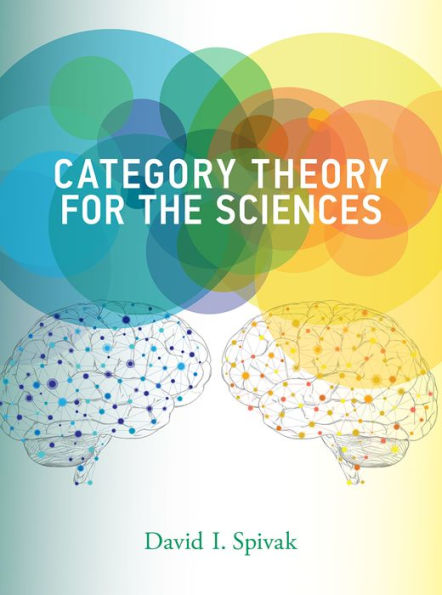Stephen Molloy
This book is the first in its field to demonstrate the power of category theory as a tool for applied scientists and engineers. A fantastic introduction to the theory as well as all the information needed to make it directly usable by non-mathematicians. A remarkable piece of work.
Piet Hut
This is the first, and so far the only, book to make category theory accessible to non-mathematicians. Starting from the interesting new notion of 'ontological logs' (ologs), the basic concepts of category theory are then introduced where and when needed, inspired by applications.
John Baez
Category theory has long been recognized as a powerful tool for unifying different branches of pure mathematics, but its potential for applications has barely begun to be tapped. Twenty years from now there will be lots of books on applied category theory, but their authors will all have read Spivak.
Endorsement
This book is the first in its field to demonstrate the power of category theory as a tool for applied scientists and engineers. A fantastic introduction to the theory as well as all the information needed to make it directly usable by non-mathematicians. A remarkable piece of work.
—
Stephen Molloy, Head of Accelerator Engineering for the European Spallation Source, and Adjunct Lecturer in Accelerator Physics, University of Lund, Sweden
From the Publisher
This is the first, and so far the only, book to make category theory accessible to non-mathematicians. Starting from the interesting new notion of 'ontological logs' (ologs), the basic concepts of category theory are then introduced where and when needed, inspired by applications.
—
Piet Hut , Professor of Astrophysics and Head of the Program in Interdisciplinary Studies, Institute for Advanced Study, Princeton
Category theory was invented in the middle of the last century with the goal of better connecting algebra with topology. It has since produced a network of connections between all branches of mathematics as well as between mathematics, sciences, and engineering. This book introduces basic categorical ideas from a variety of simple examples. The author writes in clear, direct, and imaginative language. His ologs make me believe in universal knowledge, from physics and chemistry to biology and computer sciences. Abstractions are made concrete and useful. You will travel from databases to the category of categories and beyond.
—
André Joyal , Fellow of the Royal Society of Canada
Category theory has long been recognized as a powerful tool for unifying different branches of pure mathematics, but its potential for applications has barely begun to be tapped. Twenty years from now there will be lots of books on applied category theory, but their authors will all have read Spivak.
—
John Baez , Professor of Mathematics, University of California, Riverside
This book is the first in its field to demonstrate the power of category theory as a tool for applied scientists and engineers. A fantastic introduction to the theory as well as all the information needed to make it directly usable by non-mathematicians. A remarkable piece of work.
—
Stephen Molloy , Head of Accelerator Engineering for the European Spallation Source, and Adjunct Lecturer in Accelerator Physics, University of Lund, Sweden






